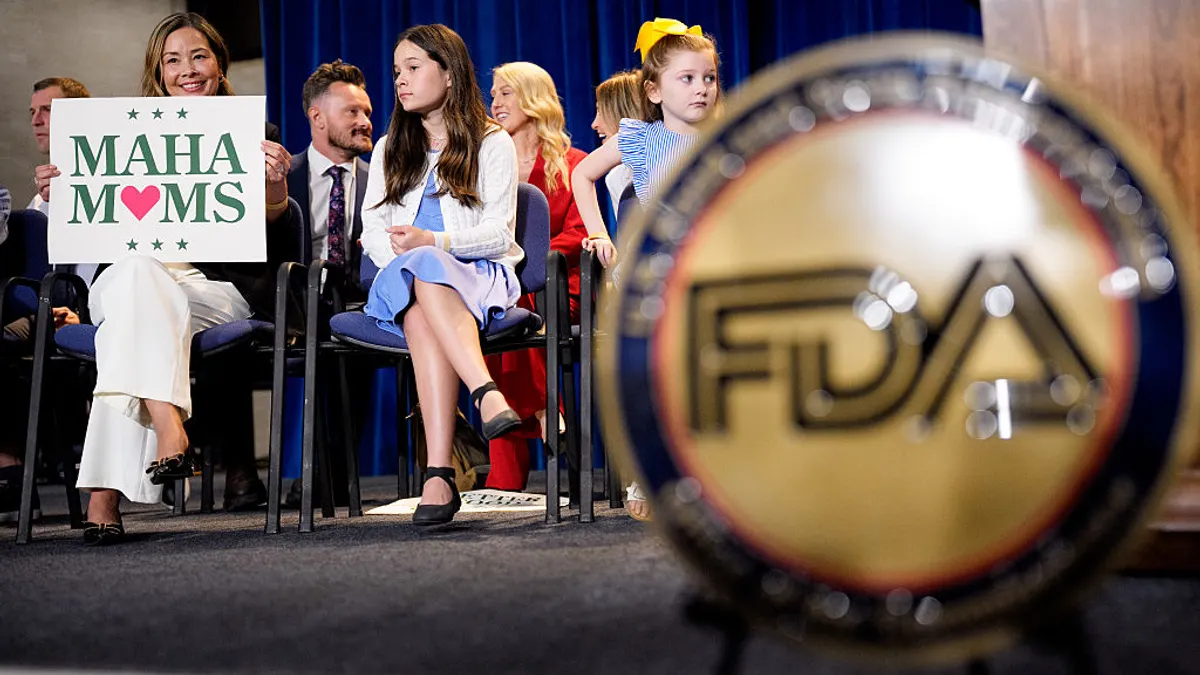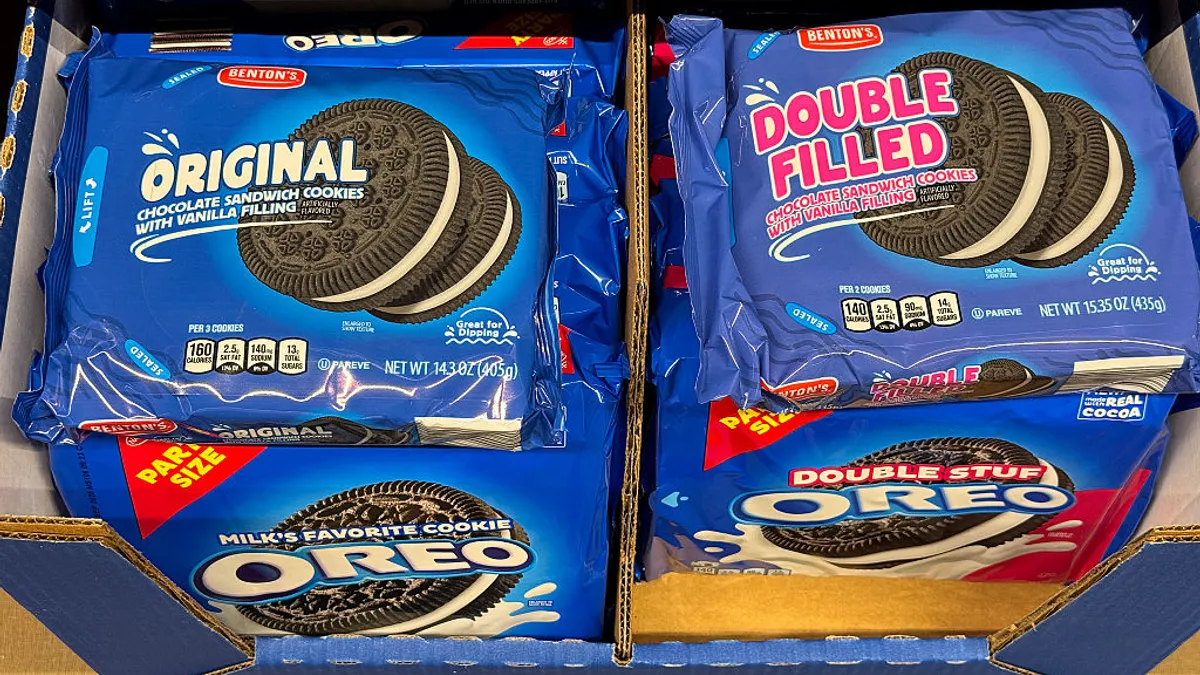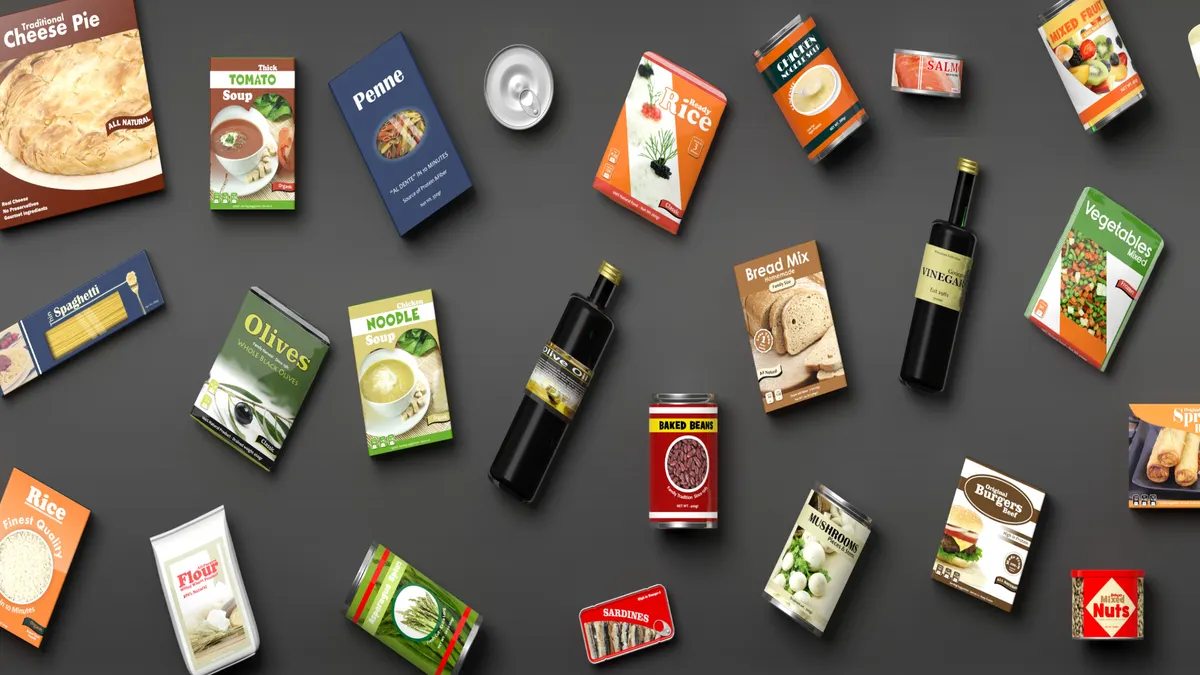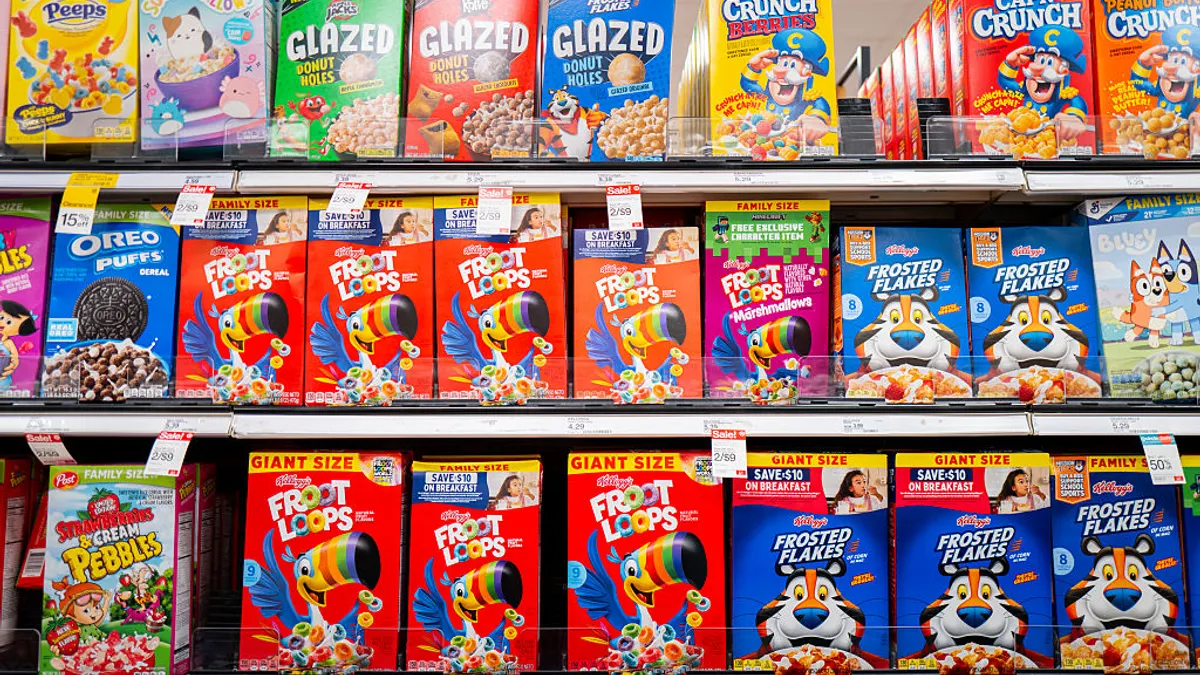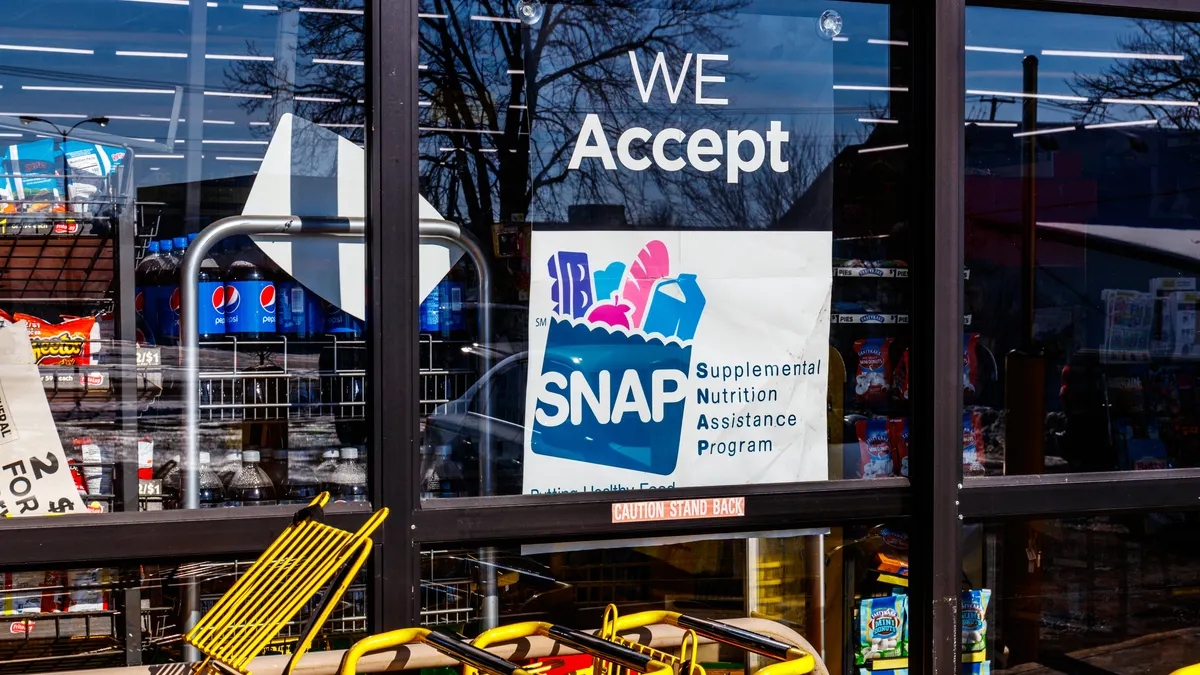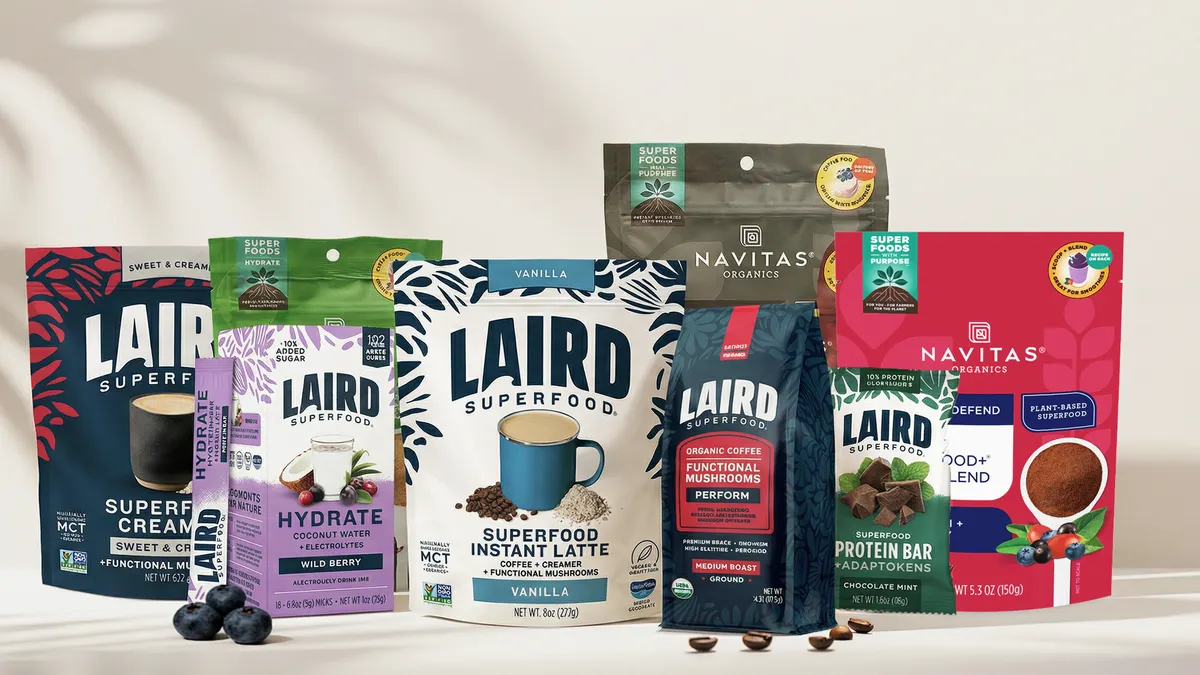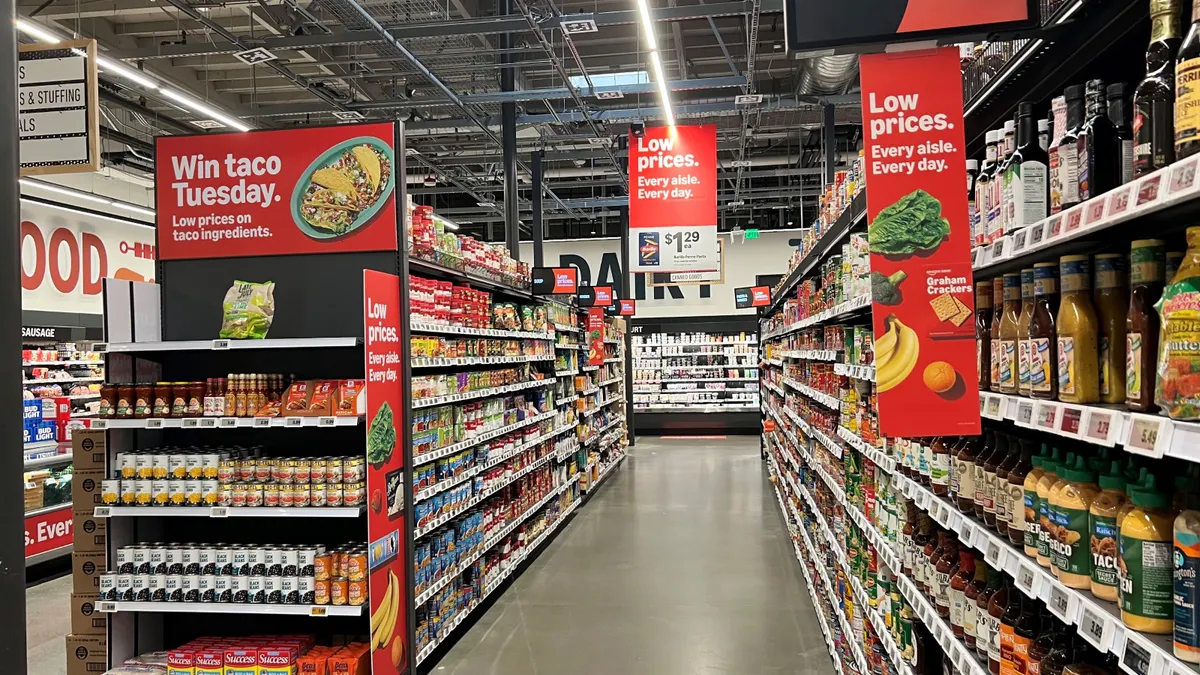Sean McBride is the founder of DSM Strategic Communications and the former executive vice president of communications for the Grocery Manufacturers Association (now the Consumer Brands Association). Opinions are the author’s own.
U.S. Secretary of Health and Human Services, Robert F. Kennedy Jr. isn’t shy when it comes to his feelings about packaged food. When he gets the chance, he tells anyone who will listen that the processed food we eat is the cause of obesity, diabetes and hypertension and a large portion of America’s public health crisis. Sometimes he goes farther, alleging packaged food is poisoning us.
It appears RFK’s rhetoric – amplified by the Make America Healthy Again movement – is having an impact on public opinion. A recent NBC News poll showed 35% of Americans place most of the blame for chronic health problems on the food industry.
Taken as a whole, the MAHA food policy agenda represents the federal government’s most aggressive intervention in food production since the Food, Drug & Cosmetic Act of 1938. But many of the regulatory interventions come at great cost to companies and consumers with little or no benefit.
The MAHA food agenda is strange for several reasons. For one, the industry-friendly Trump administration is aggressively deregulating just about every other economic sector right now. The focus on the food industry also appears unwarranted: In recent decades companies have empowered consumers to eat healthy like never before. Finally, the actions the government is taking have proven to be entirely ineffective in combating obesity and related health problems.
Our nation’s public health landscape is certainly a mess, but let’s give credit where credit is due. Food companies have radically changed the food supply over the last 25 years. Of course, sustainable agriculture practices and ethical sourcing are the rule rather than the exception these days, but it is health and wellness where the biggest transformation has taken place.
Unlike when we were kids, the grocery store is packed with thousands of choices people can use to customize their meal preparation for better nutrition, weight management or to manage chronic health conditions. If we are being candid, grocery stores are so stocked with choices, shopping can be overwhelming. In every category there are hundreds of products with reduced calories, reduced or zero sugar, reduced or zero saturated fat, zero or reduced sodium, more vitamins and minerals, gluten free, more protein, and more whole grains.
That’s just a start, as the food sector has created entire categories to meet the needs of health-conscious consumers. Organic food was a fledgling sector in the 1990s. Now it is a $65 billion a year industry. Clean label products, made with fewer, familiar ingredients and devoid of food chemicals are now a $50 billion per year sector.
The industry has also come a long way in making healthier food more accessible. While the cost of organic food was once a barrier for some families, Amazon’s purchase of Whole Foods has narrowed the gap, with lower prices at its stores as well as for organic selections at other retailers.
All told, this is no longer your grandparents' food supply. It is healthier, more nutritious and provides every conceivable option Americans need to achieve a balanced diet.
Nonetheless, the Trump administration’s MAHA strategy report harped on the ongoing indictment of the food supply to put forward a plethora of new policies covering ingredients, advertising practices, labeling, and more.
It is well documented government-mandated policies, including food taxes and advertising restrictions, have not quelled the obesity crisis in Latin America, Europe or here in the U.S. In fact, obesity and related problems have stayed the same, or like in Chile, have gotten worse after harsh food policies have been in place for years.
Some folks believe there is a magic wand in the form of a government regulation, or a combination of regulations, that will reverse obesity when mounting evidence tells us that just isn’t true. What MAHA and their philosophical allies won’t admit is this – after decades and trillions of dollars of research, we still don’t understand consumers’ behavior and decision making well enough to fix the problem.
The facts speak for themselves – demonizing packaged food as poison is a red herring because we have an abundance of safe, nutritious, healthy and affordable food choices at our fingertips. Instead, we need to find out why and what motivates those choices before proceeding with more government mandates.
The conundrum is clear – consumers have the safest, healthiest food supply in modern history right in front of them, yet obesity and related diseases continue to climb. It’s a riddle that we need to solve but neither telling the public the food supply is poisoning them nor punishing food companies that are doing the right thing moves us any closer to the answer.
Otherwise, MAHA’s food policy agenda starts to feel like a political movement as opposed to a public health movement.

